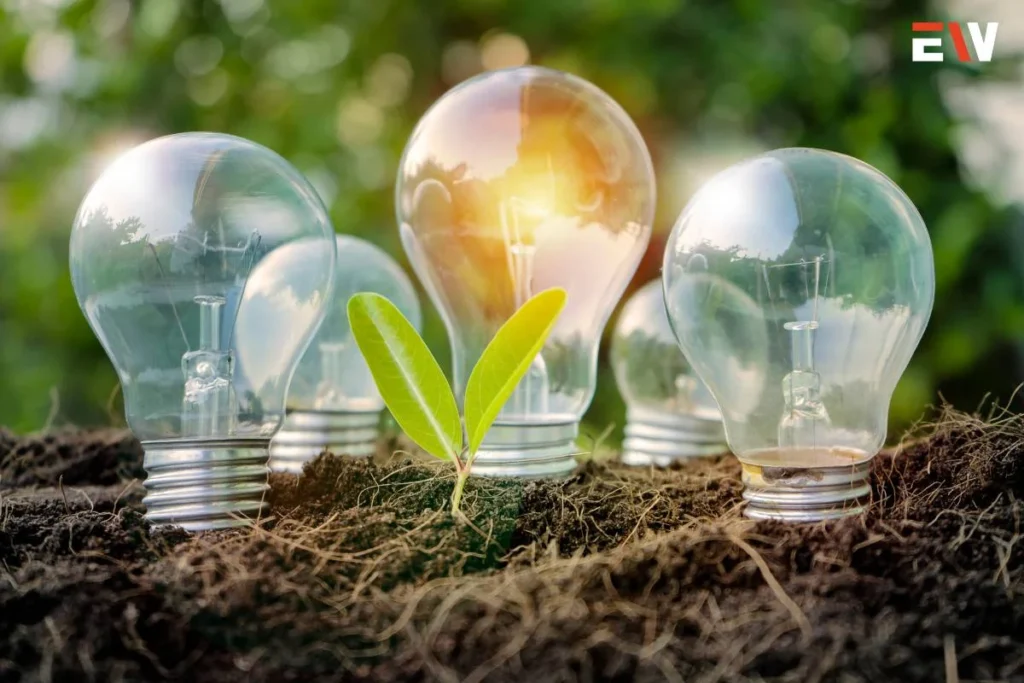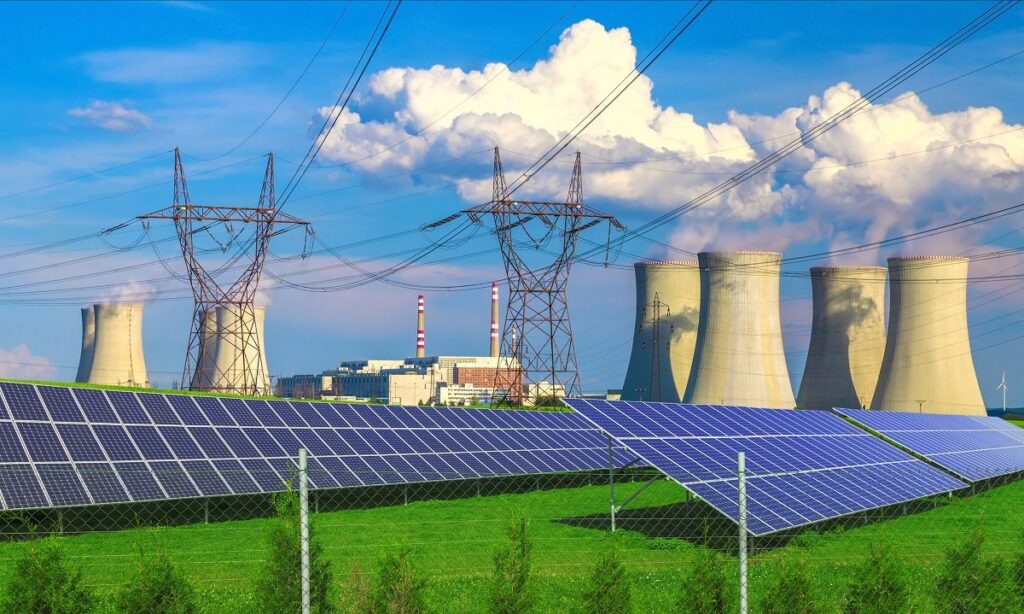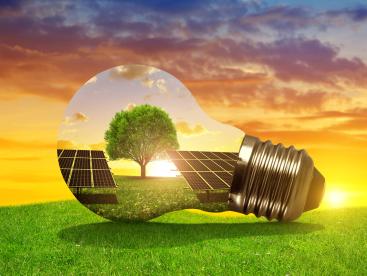
Knowing the differences between renewable and nonrenewable resources becomes increasingly important as the world’s population grows and the demand for energy rises. These resources have a big impact on our future economic and environmental conditions in addition to providing energy for our homes and businesses. This thorough reference examines the definitions of renewable and nonrenewable resources, as well as their uses, advantages, drawbacks, and effects on the environment.
What are Renewable and Nonrenewable Resources?
Renewable Resources
Renewable resources are those that can be replenished on their own in short spurts of time. These resources are sustainable as long as they aren’t used up faster than they can be regenerated. Examples include geothermal, biomass, hydropower, solar, and wind energy.
Nonrenewable Resources
Nonrenewable resources are those that do not refill as quickly as they are depleted. They are finite, therefore someday they will run out. Nuclear energy, minerals such as gold and silver, and fossil fuels (coal, oil, and natural gas) are a few examples.
Examples of Renewable Resources
1. Solar Energy

Solar energy is harnessed from the sun using solar panels and photovoltaic cells. It is a clean and abundant source of energy that can be used for electricity, heating, and cooling.
2. Wind Energy
Wind turbines are used to transform wind currents into electrical power, producing wind energy. It is an emission-free renewable resource that can be employed at different capacities, ranging from small-scale local installations to massive wind farms.
3. Hydropower
Hydropower, or hydroelectric power, is produced by harnessing the energy of flowing water, typically from rivers or dams. It is one of the oldest and most widely used forms of renewable energy.
4. Biomass
Biomass energy is derived from organic materials such as plant and animal waste. It can be used for heating, electricity generation, and as biofuels for transportation.
5. Geothermal Energy
Geothermal energy is obtained by harnessing the heat from within the Earth’s crust. It can be used for electricity generation and direct heating applications.
Examples of Nonrenewable Resources
1. Coal
Coal is a fossil fuel that is used primarily for electricity generation and industrial processes. It is abundant but contributes significantly to carbon emissions and environmental pollution.
2. Oil
Oil, or petroleum, is used to produce gasoline, diesel, and other petrochemical products. It is a key resource for transportation and various industries but poses environmental risks such as spills and greenhouse gas emissions.
3. Natural Gas
Natural gas is a fossil fuel used for heating, electricity generation, and as an industrial feedstock. It burns cleaner than coal and oil but still contributes to carbon emissions.
4. Nuclear Energy

Nuclear energy is generated by splitting atoms in a process called fission, which releases a significant amount of energy. It provides a large amount of electricity with low greenhouse gas emissions but raises concerns about radioactive waste and safety.
5. Minerals
Rare earth elements, gold, and silver are among the minerals used in the manufacturing, electronics, and building sectors. Due to their limited supply, these resources may eventually cease to be economically viable.
Benefits and Challenges of Renewable Resources
Benefits
- Sustainability: Renewable resources are replenished naturally and can provide a long-term solution to energy needs without depleting the Earth’s reserves.
- Environmental Impact: They produce little to no greenhouse gas emissions, helping to mitigate climate change and reduce pollution.
- Economic Growth: Investing in renewable energy can create jobs, stimulate technological innovation, and promote energy independence.
Challenges
- Intermittency: Certain renewable resources, such as wind and solar electricity, are not always accessible (for example, solar power cannot be produced at night).
- High Initial Costs: The initial investment for renewable energy infrastructure can be high, though costs are decreasing with technological advancements.
- Resource Location:Some renewable energy sources are exclusive to a certain area, such geothermal energy, which can only be used in areas with active geology.
Benefits and Challenges of Nonrenewable Resources
Benefits
- Energy Density: Nonrenewable resources like fossil fuels have a high energy density, meaning they can produce a large amount of energy per unit.
- Infrastructure: Established infrastructure for extraction, processing, and distribution makes nonrenewable resources currently more accessible and reliable.
- Economic Stability: In many regions, nonrenewable resources contribute significantly to the economy, providing jobs and revenue.
Challenges
- Environmental Degradation: The utilization and depletion of nonrenewable resources lead to environmental problems such as contamination of air and water, devastation of habitats, and global warming.
- Finite Supply: These resources are limited and will eventually run out, leading to potential energy crises and economic instability.
- Geopolitical Issues: Dependence on nonrenewable resources can lead to geopolitical conflicts over resource-rich regions.

Energy’s Future: Changing to Renewable Sources
In discussing nonrenewable versus renewable resources, it is critical to emphasize that environmental preservation and sustainable development depend on the shift from nonrenewable to renewable resources. The following are crucial tactics to help with this shift:
1. Policy Support
Governments play a vital role in promoting renewable energy through policies, incentives, and regulations. Subsidies, tax breaks, and renewable energy targets can drive investment and adoption.
2. Technological Innovation
Advancements in technology can improve the efficiency and reduce the cost of renewable energy systems. Innovations in energy storage, smart grids, and renewable integration are essential for a reliable energy supply.
3. Public Awareness and Education
Public awareness of the advantages of renewable energy and the harm nonrenewable resources cause to the environment can encourage support and motivate behavior change.
4. Investment in Infrastructure
It is essential to construct and modernize infrastructure to enable the production, delivery, and storage of renewable energy. This covers the creation of microgrids and decentralized energy systems in addition to grid upgrading.
5. Collaboration and Partnerships
Governments, corporations, and communities working together can hasten the adoption of renewable energy. Sharing information and resources requires both international cooperation and public-private partnerships.
Conclusion
In order to make wise decisions regarding our energy future, it is imperative that we comprehend the distinctions between nonrenewable and renewable resources. Despite the fact that nonrenewable resources have fueled economic expansion and modernization, a move toward renewable alternatives is required due to their limited supply and negative effects on the environment. We can create a resilient, fair, and sustainable energy system for coming generations by embracing renewable resources and resolving the obstacles to their widespread use.

